Fake chargers are dangerous: Here's what to look out for
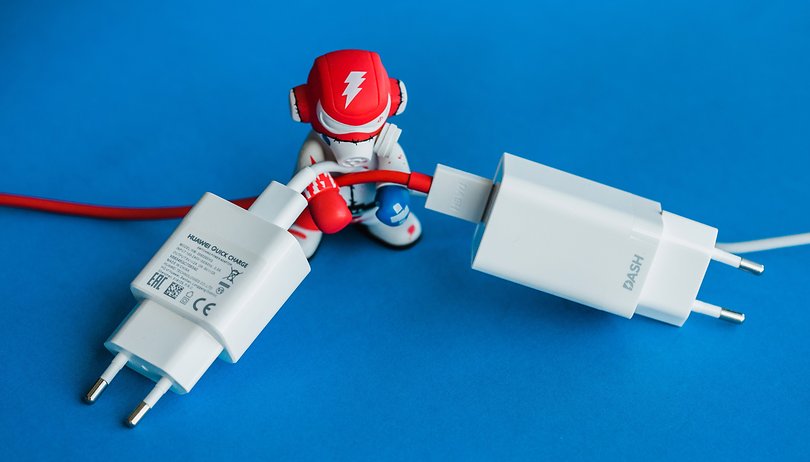

Fake chargers should not be trifled with. Fake cell phone chargers have been responsible for deaths in the past, and while this is a drastic example of the dangers, these knock offs still shouldn't be taken lightly. In this article, we discuss what you should be looking out for.
Risk of electrocution and explosion
These are the most grave problems that these fake products have, and it's nothing to joke about. They're made with no quality checking processes, no safety or quality certification from regulatory agencies and no manufacturing safety rules.
Because of these lax manufacturing standards, they are more prone to explosions and shocks. Original chargers by name brands still have these issues, but in much, much smaller numbers since they go through rigorous testing and certifications processes.
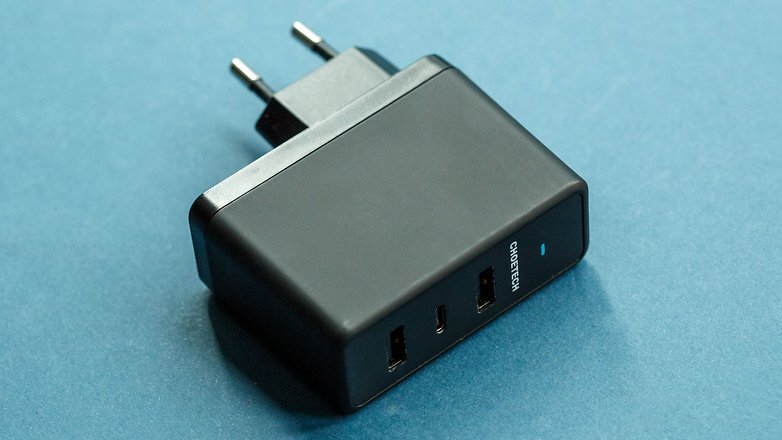
Risk of overheating
For the same reasons listed above, your charger may overheat. And it it doesn't catch fire itself, it may spark or heat up another object which will go up in flames or explode. Fake charger manufacturers aren't concerned with the materials used, so don't expect wiring or plastics that will stand up to the heat.
Risk of ruining your smartphone
If flames, death and destruction don't worry you, what about damage to your smartphone? This can happen relatively easily, and it's more likely to happen than other problems.
Quality problems in the charger can damage your smartphone. Real chargers come with a fuse inside that burns out in case of overload, preventing damage to the smartphone or sparks and fires. The amperage, voltage and current don't matter without basic safety precautions, as your phone could still fry. So, trying to save money on a charger by getting a fake can end up costing you a smartphone in the end. Not worth it!
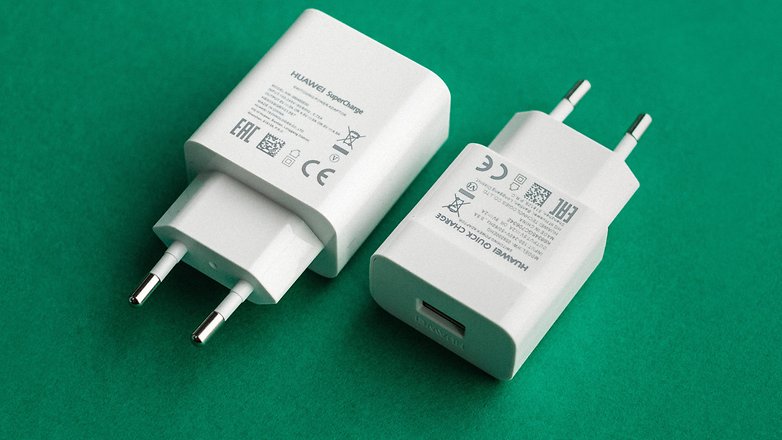
The fake may be slower than the original and cause battery damage
A counterfeit product is intended to cost the least possible amount to manufacture for the sake of generating a profit, and so there is a good chance that it will not work as well as it should. This is the main characteristic of fake products. They might work, but it is very unlikely for them to work with the same quality or power as an original.
Fast charge is rare to find, and what ends up happening is that one of these will take longer than the original charger to get your smartphone to 100%. It could take twice as long to charge, wasting both time and electricity.
If it doesn't work, you've got no one to complain to
This is a common problem, especially with car chargers. When they're low quality, they'll either not work or stop working much sooner than you'd expect. With no guarantee, you can't complain to the manufacturer or the store you bought it from.
There are good alternatives to original chargers
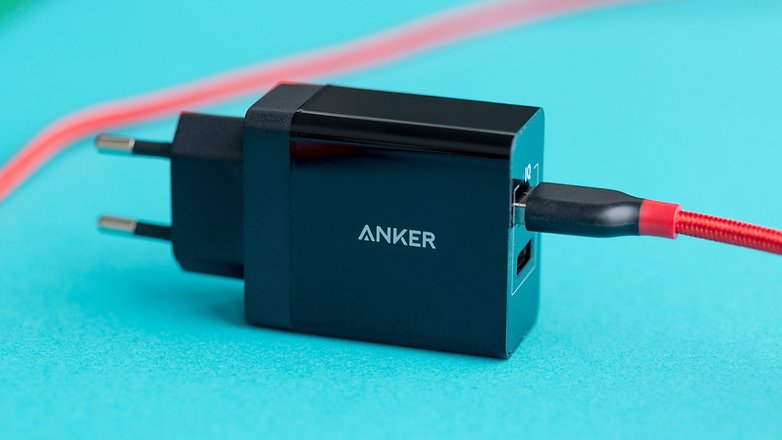
Before readers start casting stones, let's say it clearly. Although we're against fake chargers, there are good non-original chargers out there. Cheap products have dubious quality, but there are great brands out there like Aukey, Anker, BlitzWold, Ugreen and Tronsmart. While these won't have the same standards as originals, they're way better than generic knockoff chargers.
Tips for spotting a fake charger
- Logo or printed words look wrong or spotty
- Feels too light
- Yellowish color instead of white
- Doesn't do what it says on the package
- Comes with poor packaging or none at all
- No certification marks
- Plastic seems badly made or put together
- Cable is loose and doesn't fit properly, or there's no cable at all
Have you had any bad experiences with a charger? Let us know in the comments.








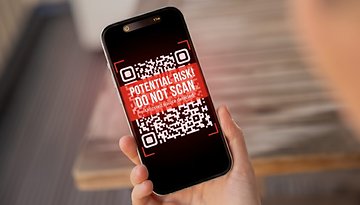
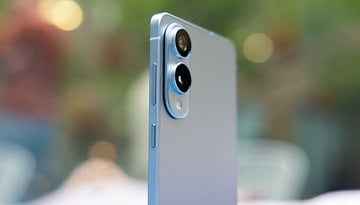
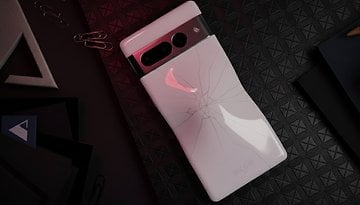
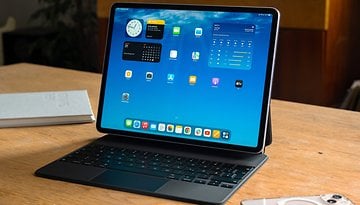

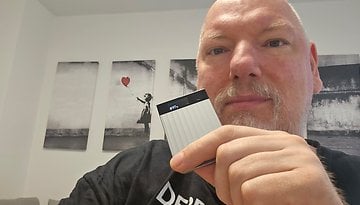
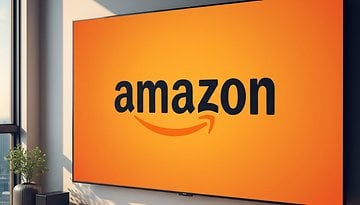
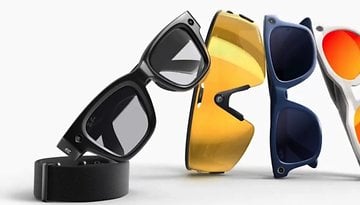
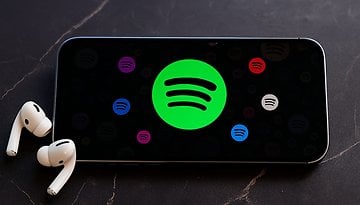
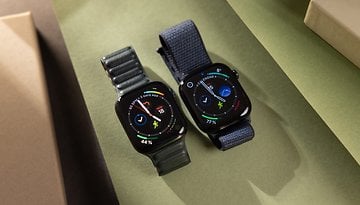


I guess I've been lucky in that I've only purchased replacement charger / cable from the manufacturer ..... or the carrier (MetroPCS carries just about everything I require for my smartphone).
Buyer Beware - any accessories that's too cheap is definitely a red flag
I use the free Ampere App to measure the charge current and tell which is a better performing charger.
I feel that visual clues while readily available are not always obvious and on some of the more recent fakes are impossible to tell the difference from the original. Personally, I have two visually identical Samsung chargers for my Note 8 and I can't tell them apart. They are EXACTLY the same in every single detail.
One is definitely fake because I bought it online (Amazon) and the price was just too good true. But I decided to get it anyway. And as soon as I got it, I measured it and it charges only around 200-300mAh max verses 800-900mAh for my original. (The fake was so good that I don't know the seller could tell if he/she was selling a counterfeit product.)
I now have marked the fake unit and use it for my wireless headset which doesn't require nearly as much current. I now use an Anker charger for my secondary unit and works just as good as my original. It runs a little cooler too.
As Mark G. says above cheap cables are just as dangerous. However everyone should be aware that no matter how good these alternative brands are, every phone warranty states that if you have a problem and used a non-approved charger (none of these are approved by Samsung, Apple, and other manufacturers) your phone will not be covered by that warranty. The chances of something going wrong with these brands mentioned are just as low as with the official charger, BUT you're covered by your warranty for the official charger and NOT for the 3rd party one.
I personally use "JuicEBitz" brand for chargers and cables (decent proper cables/insulated and capable of delivering the correct charge). Cheap cables are just as problematic as cheap chargers, both should be avoided. Why would you buy a very expensive phone or tablet then try charging it with the cheapest charger and cable?
Peace ??